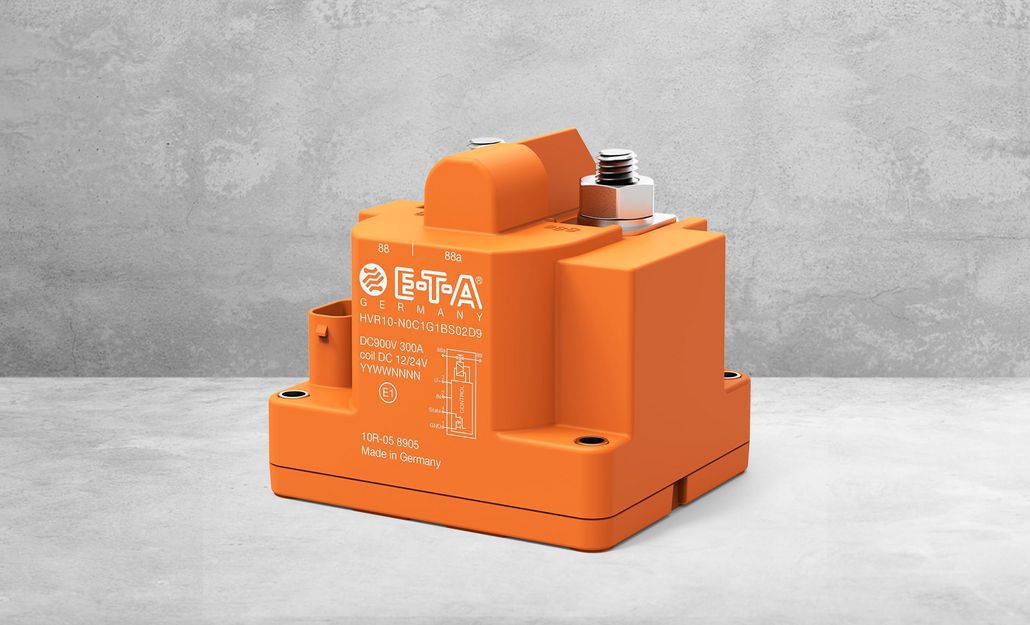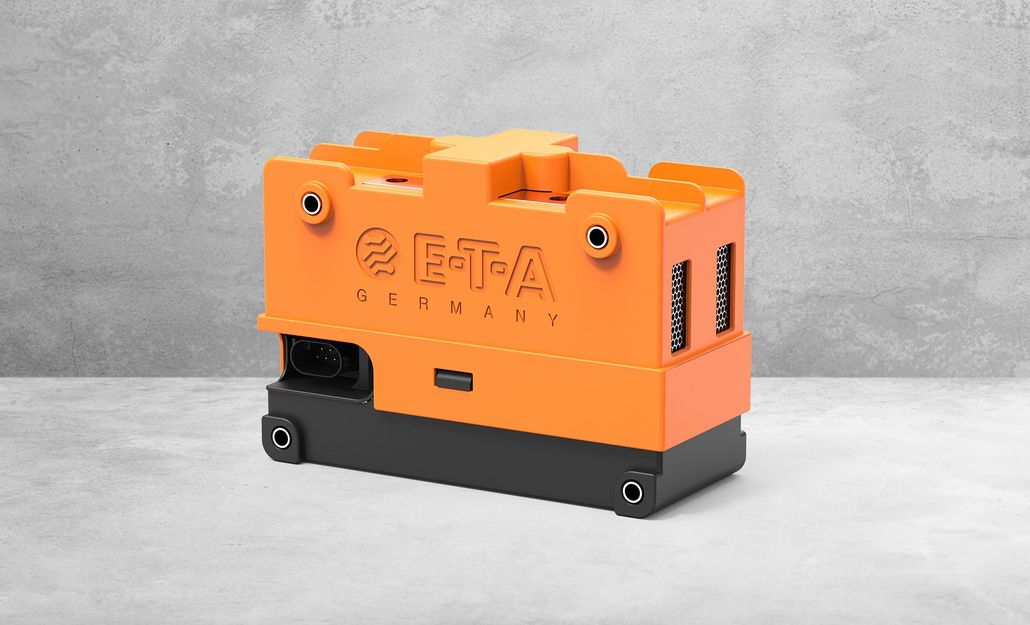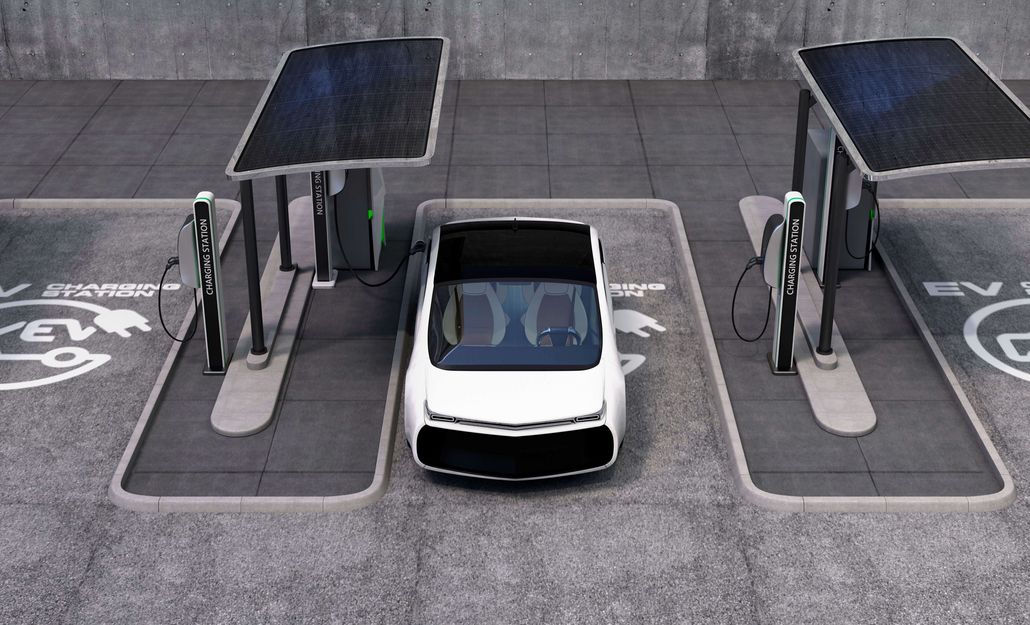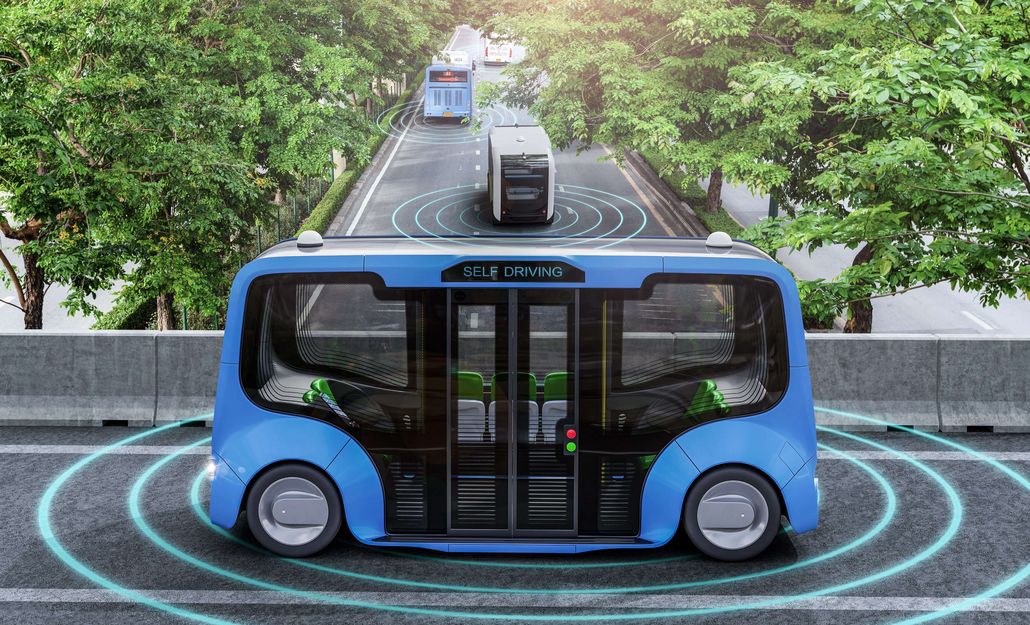Arc-free switching at high voltages

Hybrid contact system combines wear-free switching and high rupture capacity with a low contact resistance
This fundamental consideration was the driving force for using DC 24 V in trucks instead of the DC 12 V normally used in cars. If the voltage is increased further, however, there is a higher risk of arcs. Even with DC 48 V systems, the arc that occurs with every switching operation erodes the electrical contacts. This requires measures to extend the service life of the switching components. We have therefore developed a patented solution that uses semiconductors to suppress arcs when switching the mechanical contact system.
Electro-mobility has resulted in completely new voltage levels in the automotive industry. DC 450 V systems dominate the mass market today. Sports cars and trucks already run with DC 850 V, and the next generation of trucks will be powered with DC 1250 V systems.
The clever use of inverter technology helps reduce the current before the switching process. Nevertheless, the switching devices must be able to cope with the enormous arc energies that occur during emergency switching.
The electronic bypass ensures that the mechanical contact system is not damaged even at voltages above DC 1000 V. This preserves the low internal resistance, the low power loss and the high current carrying capacity over the entire service life.
Above all, the switching capacity in an emergency situation is unrivalled. One example is our compact HVR10 high-voltage relay, which we have been manufacturing in series for several years. In an emergency, it can even switch off 2000 A at DC 1000 V several times without damage to the contact system. Considering the small installation space and low weight, no other HV technology has achieved these performance data to date.
Today, this technology is used wherever reliability can make the difference between profit and loss or where electric arcs are considered a safety risk. Examples include construction vehicles for underground use in mining or test set-ups for testing electric drive units in the automotive industry.
The ratio of high rupture capacity to compact construction volume and low weight also makes the hybrid switching concept attractive for other application areas, e.g. aviation. Electric or hydrogen-electric drives form an important area of research for the aerospace area.



